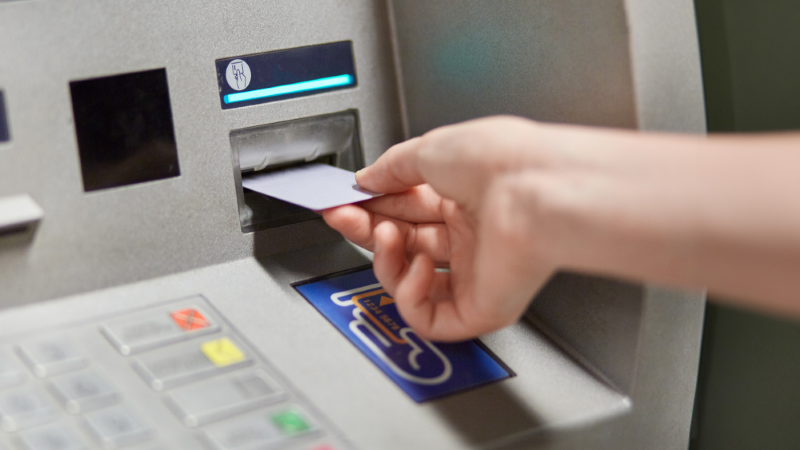Ever take a look at an ATM and feel like something’s off? You might have come across an ATM skimmer.
It works like this… A crook tampers with an ATM by attaching a physical device that skims card info as cards people grab or deposit money. From there, a keypad overlay or tiny pinhole camera captures your PIN as people tap it in. And with that info, the crook has everything they need to create several counterfeit cards.
Of course, that thief has to transfer that info. In some cases, the thief creeps back, removes the skimming device, downloads your data, and burns it to a blank ATM card. More sophisticated skimmers are connected, so thieves can download stolen info from the skimmer and then use that info to buy stuff online. Either way, a skimmer can take a big chunk out of your bank account.
However, you have ways of spotting these sketchy ATMs. And yet, there are more ways to protect your finances if you fall victim to a carefully concealed skimmer.
How to spot a hacked ATM
Spotting a hacked ATM can get a bit tricky, yet you can look for a few signs. Generally speaking, ATMs are sturdy by design. If a card reader or keypad wiggles at all or the keypad feels too spongy or sticks when you tap the buttons, you might be looking at a hacked ATM. Also keep an eye out for extra pieces of plastic stuck to the ATM, which can be places where a crook has concealed a camera. Often, they’ll disguise cameras in brochure holders and overhead lights.
Another clue of a hacked ATM — scanners and other components that don’t match the color and style of the machine. In all, anything that looks tacked on or out of place gives you a good reason to use another ATM.
To protect yourself further, follow these tips:
Be choosy.
While out and about, consider using ATMs installed at a bank. These are watched more closely than ATMs in public places, which makes them harder to tamper with.
Cover the keypad when entering your PIN.
Thieves need your card number and your PIN to access your account with a copycat card. By covering the keypad, you prevent cameras and onlookers from seeing your PIN.
Check your bank and credit card statements often.
If your card does get skimmed, acting quickly counts. Thieves can quickly rack up purchases and out a chunk of your account. Banks typically watch for fraud and will contact you about unusual activity.
Better yet, you can keep a closer eye on your accounts yourself. Our McAfee+ plans offer several types of account and transaction monitoring. Together, they can alert to strange transactions across bank, credit, retirement, and other accounts. They can also alert you if any of your info at the bank gets changed, which helps prevent account takeovers.













